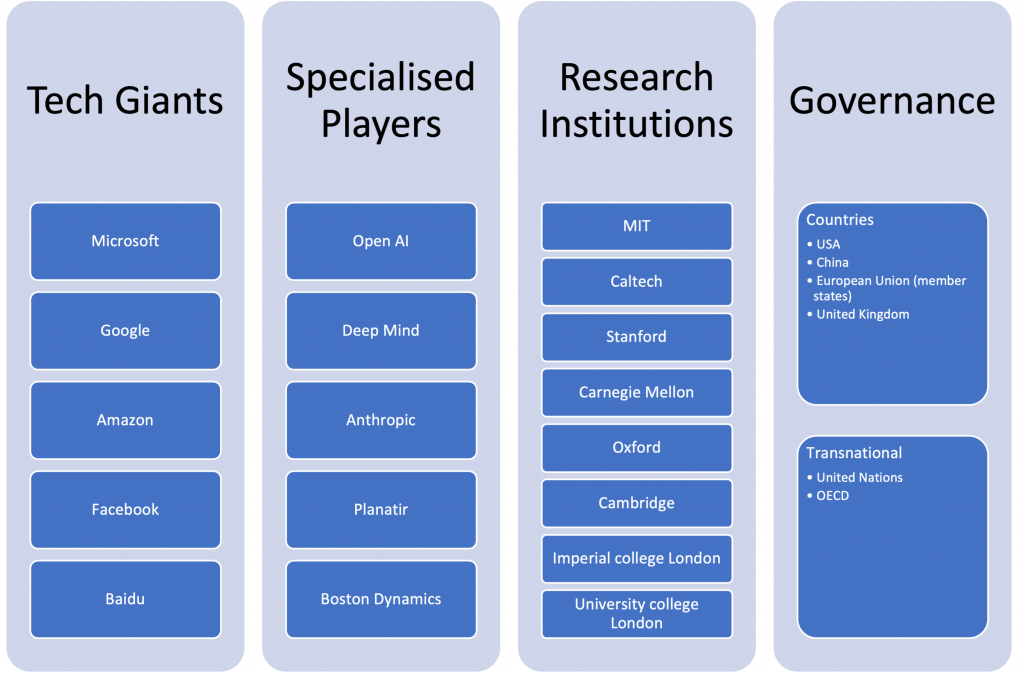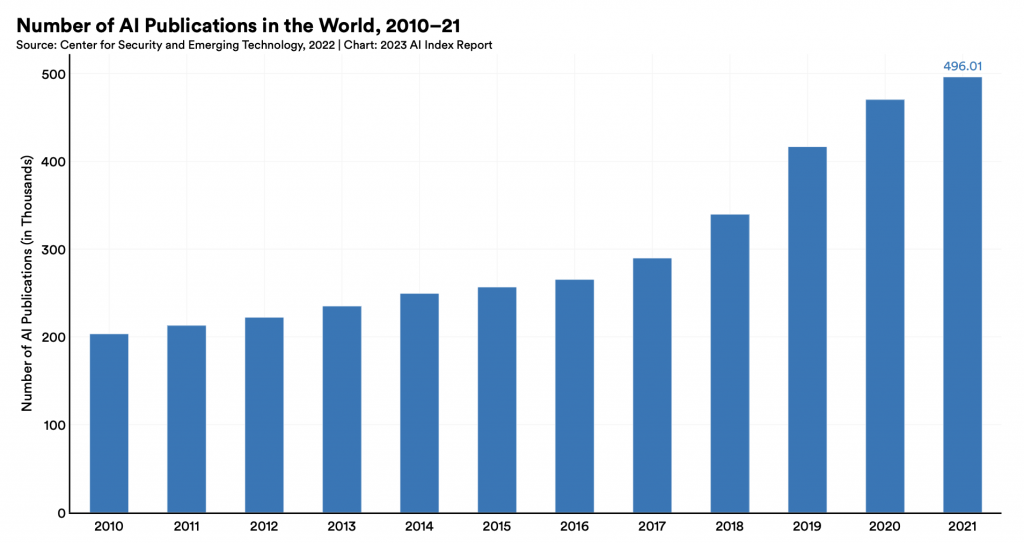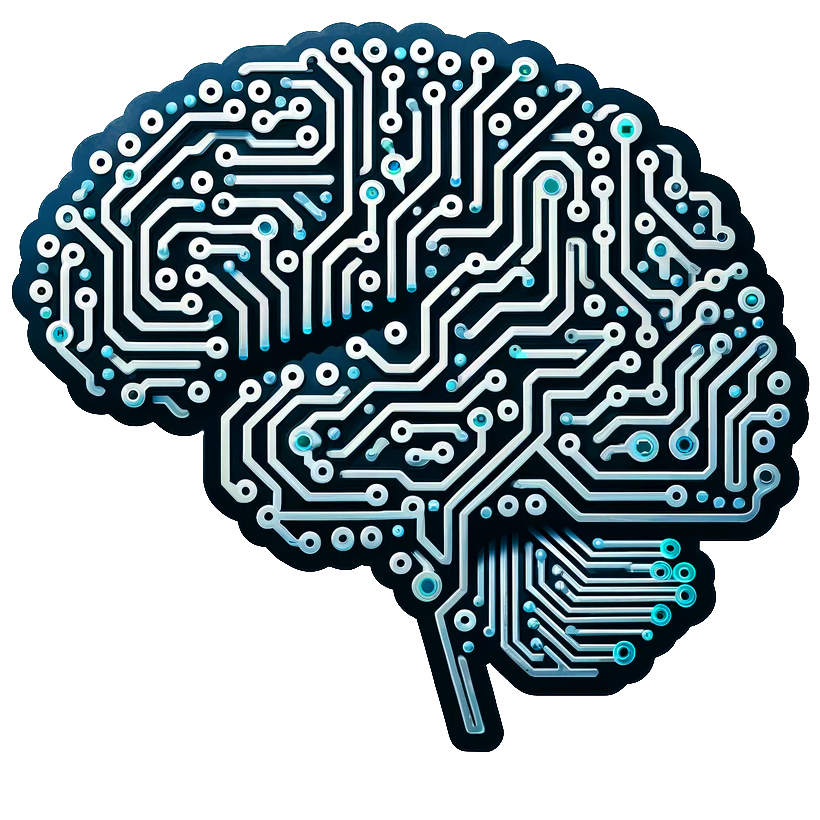The race to a new intelligence
Throughout history, humanity has raced towards technological breakthroughs, driven by ambition, rivalry, and a thirst for progress. From the printing press sparking a revolution in knowledge dissemination to the moon landing solidifying our cosmic ambitions, these competitions have shaped our world. Now, a new frontier beckons: the race to create the “best” artificial intelligence (A.I.).
This pursuit, unlike its predecessors, delves into the very essence of what it means to be human. We grapple with questions of consciousness, sentience, and the potential for machines to surpass our own cognitive abilities. It is a race not just for technological supremacy, but for understanding our own place in the ever-evolving landscape of artificial intelligence.
Drawing parallels with historical technological struggles, echoes of past contests resonate in the race to reach the next milestone in the development of artificial intelligence. Like the Cold War, where superpowers battled for dominance beyond our atmosphere, the A.I. race sees not just nations like the US and China vying for leadership in this new domain, but also a plethora of private companies and research institutions. Each pours billions into research and development, hoping to secure not just economic advantages, but also the prestige of pioneering this next paradigm shift.
But unlike the clear-cut victories of placing a flag on the moon, defining the “best” A.I. is far more nuanced. Is it raw processing power and computational speed? Perhaps the ability to mimic human reasoning or creativity? Or maybe it lies in ethical considerations, ensuring A.I. development aligns with human values and societal well-being?
While past technological advancements were often driven by national rivalries, this is not solely a clash of nation-states. Startups, independent researchers, and open-source projects all contribute to the A.I. landscape, pushing boundaries and challenging established paradigms. This democratization of innovation has fostered rapid progress, but also raises concerns about accountability and collaboration in a field with such powerful implications.
The current players
There is an ever growing list of players that have emerged over the past decade in the field of artificial intelligence. They can be split into four major groups, tech companies, specialised players, research institutions and governmental organisations.

Big Tech & Specialised Players
The major contributor in recent years have come from big tech firms with the development of new AI engines like GPT-4 from OpenAI/Microsoft and more recently Gemini(the engine behind Bard) from google. And whilst the majority of the news has been focused on the Open AI chat GPT and DALLE. The development of open source libraries and products by google have long preceded this with the likes of Tensorflow which can be used for image recognition and classification amongst other things.
These big tech companies have either created specialised divisions, such as google brain or acquired and partnered with specialised startups and companies such as Open AI, Plantair and Deepmind. The large financial resources of these big companies have allowed the pace of development of technology to move at a speed not seen since the dotcom bubble.
Governments
On the other hand we have seen governmental institutions struggle to keep up with the pace of development in this sector. Infact many are still getting to grips with legislation around the internet and data privacy. Governments and legislators battle with questions around how we deal with issues around responsibility, safety, bias, privacy and employment. Many of these conversations are only now beginning and transnational bodies like the United Nations and the OECD have only recently setup departments and working groups to look at the impact and uses of AI (see examples linked below).
- USA – US department of state
- UK – UK office for artificial intelligence
- OECD – The OECD AI Policy Observatory
- United Nations – A.I. Advisory body
Research Institutions
The real story of the development perhaps begins with research institutions across the world. They are responsible for some of the most groundbreaking advances that have driven the development of the AI systems that we see. (AI index annual report). From 2010 to 2021, the total number of AI publications more than doubled, growing from 200,000 in 2010 to almost 500,000 in 2021.

Whilst research in academia continue to grow and until up to 2014, most significant machine learning models were released by academia. We have since seen a shift in the the creation of new models, where industry has taken over. In 2022, there were 32 significant industry-produced machine learning models compared to just three produced by academia. Building state-of-the-art AI systems increasingly requires large amounts of data, computer power, and money—resources that industry actors inherently possess in greater amounts compared to nonprofits and academia.
A positive outlook
As with any great technological leap, the A.I. race is not without its anxieties. Fears of runaway super-intelligence, job displacement, and weaponization of A.I. linger.
Alleviating these fears are use cases that harness its potential for the betterment of humanity. We have already seen promising developments across many fields including:
- Medicine
- Cancer recognition
- Medical research
- Environmental conservation
- Improving efficiency of power grids
- Tracking deforestation
- Education
- Explaining complex topics
- Creating a more tailored learning environment
- Planning, transport and logistics
- Traffic congestion
- Urban planning and design
The use cases being put forward for artificial intelligence is rapidly growing. It is likely that we will see a lot of failures along with some groundbreaking development over the next decade. But there will remain one constant, AI is here to stay.


Leave a Reply
You must be logged in to post a comment.